Identify core bottlenecks
After switching to a two-tier model, many localities have reported a "lag" from institutionalization to implementation. The grassroots level has been given more authority but lacks detailed guidance, especially in the stages of investment, disbursement, bidding, IT service contracts and specialized science and technology processes. In specific areas such as intellectual property, standards - measurement - quality, radiation safety, radio frequencies, without professionalized documents according to modules and standard processes, district and commune-level officials will find it difficult to do it right from the start, leading to the need to supplement documents many times, reducing the quality of service for people and businesses.
In addition to institutions, implementation capacity is the decisive factor. Many places lack officials who understand both law and technology; the position in charge of science and technology at the commune level is also concurrent; digital skills are uneven among units. As a result, the digitalization process exists but is not yet smooth, the quality of file processing is inconsistent, and the rate of on-time settlement is not sustainable. Work pressure in rapidly developing areas further exposes inadequacies in staffing, job descriptions, and minimum competency standards for science and technology focal points after decentralization.
Technical infrastructure and digital platforms are necessary conditions for the two-tier model to run smoothly. Most provinces and cities have connected to specialized data transmission networks, integrated public service portals, and applied electronic one-stop software to the district and even commune levels. However, in remote areas, there are still "wave dips" and unstable transmission lines, causing interruptions in receiving and processing online records. Shared data warehouses, standards and regulations warehouses, traceability systems, measurement monitoring, collective trademark registration, etc. have not been standardized, making it difficult for grassroots officials to quickly look up and agree on a handling plan.
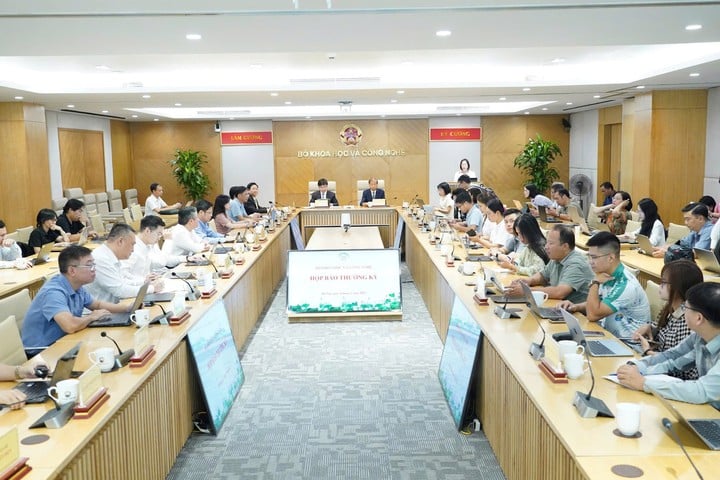
Another problem is how to measure "output". When decentralization is strong, the problem is not only to speed up the "input" of records, but also to quantify the impact of science and technology and digital transformation on productivity, quality and life at the grassroots level. Many localities have proposed having a set of innovation and digital transformation indexes suitable for commune and district levels, with consistent statistical methods, open data sources, and transparent assessment tools to serve as a basis for resource allocation and product-based spending. The lack of standard measurements makes it difficult to compare reports between localities, causing difficulties in direction and management and in rewards and discipline linked to results.
The practice of "going - observing - handling" in some provinces shows that when the central working group goes to the locality, many bottlenecks can be immediately removed: guiding the sequence, correcting forms, unifying data communication, removing obstacles in the appraisal - acceptance - settlement of science and technology tasks, connecting the province's traceability platform with the national portal, and guiding the handover of community brands. However, if the conclusions at the scene are not quickly institutionalized into circulars, professional handbooks and shared toolkits, the problems will recur in other places, causing compliance costs and eroding the trust of people and businesses.
The requirement is to shift the focus from expanding authority to improving implementation capacity. The two pillars that need to be focused on are standardizing processes - data and professionalizing human resources. Regarding processes - data, it is necessary to unify the steps, terminology, forms, deadlines and responsibilities of each stage; it is necessary to ensure that the data generated during the process of processing records is structured, interconnected and immediately exploitable for assessment and statistics. Regarding human resources, it is necessary to describe job positions clearly enough, issue a minimum capacity framework for each field of science and technology assigned to local management, have a training - testing - electronic certification regime and periodic assessment linked to service quality.
Core solutions for smooth operations
Firstly, perfecting the institution at the right "point of failure". The contents agreed upon in working sessions with localities need to be concretized soon into guiding circulars, professional handbooks and sets of questions and answers according to situations. The focus is on the stages after decentralization: selecting tasks, appraisal, assigning the right to preside, acceptance, ordering - spending by product, recognizing results and transfer mechanism. For specific fields such as radiation safety, radio frequencies, standards - measurement - quality, intellectual property, it is necessary to modularize the process, standardize forms, illustrate with typical situations so that commune-level cadres can "look up - perform - complete" according to a unified critical path.
Second, link decentralization with competency standards. It is necessary to issue a mandatory competency framework for science and technology positions at district and commune levels, as a basis for recruitment, placement, assessment and training. Training must be "broad - deep - continuous": Organize e-learning classes on measurement, intellectual property, radiation safety, frequency, data - digitize records; build a standard question bank; conduct periodic assessments; issue electronic certificates integrated in staff records. Local models that propose large-scale online training need to be replicated, both to save costs and to shorten the time it takes to get staff into the work flow.
Third, strengthen the information technology force for the grassroots level during the transition period. It is possible to mobilize the community digital transformation network, student interns, and postal and technology enterprises to participate in on-site support according to the mechanism of ordering specific tasks, with a clear handover and reception process. At the same time, it is necessary to have a plan to recruit and attract qualified information technology human resources to ensure sustainability when the reinforcement force withdraws. Encourage localities to sign technology service contracts in the "as-a-service" direction to avoid spreading investment and reduce maintenance and update costs.
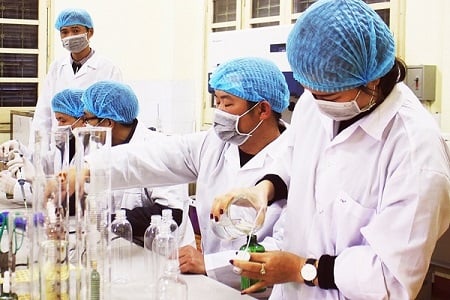
Fourth, strengthen digital infrastructure and handle "wave dips". Review and prioritize investment in telecommunications infrastructure in remote areas; improve the quality of transmission lines to commune and ward headquarters; complete specialized data transmission networks, ensuring information security at all levels. The list of high-level online public services needs to be standardized; one-stop software must be optimized in terms of operations and processing time, closely connected to the national public service portal; generated data must be collected automatically, minimizing repeated data entry. Smart urban operation centers at the provincial and district levels need to have a set of indicators to monitor the progress and quality of processing science and technology records in real time, and publicize indicators related to people and businesses.
Fifth, standardize data and tools for evaluating "output". Build a set of innovation and digital transformation indexes at commune and district levels that are close to the reality of the two-level model, clarifying the objectives, methods, data sources, calculation methods, update responsibilities and publication frequency. The index set must measure both the quality of public services in the field of science and technology and the impact on productivity, quality, safety and local competitiveness. Data for measurement needs to be standardized right from the stage of receiving and processing records to reduce statistical costs, while creating a transparent foundation for budget allocation and ordering tasks based on results.
Sixth, perfect the financial mechanism "going along with the task", especially at the commune level. Provide specific guidance on the product-based contract mechanism for small-scale, highly applicable science and technology tasks; allow the hiring of information technology services for stages that require flexibility and regular updates; standardize the budget-settlement form and electronic acceptance mechanism. The goal is to eliminate bottlenecks in disbursement, reduce the time for document circulation, and shorten the path from idea to applied product.
Seventh, create a "one-touch operational toolkit" for grassroots staff. Publish a centralized digital science repository including handbooks, standard operating procedures (SOPs), forms, compliance checklists and situational handbooks for each S&T professional area; open connection to the national standards and regulations repository; synchronize quick search function. Each process needs typical examples, common errors and solutions to ensure that new people can handle a complete file right from the first time.
Eighth, strengthen vertical and horizontal coordination, "go to inspect - do it immediately". Maintain inter-sectoral working groups "go with localities" according to the cycle: survey - diagnosis - quick on-site intervention - institutionalize results. Attach responsibility to leaders with reform targets, digital transformation, quality of handling S&T dossiers; publicize progress, on-time rate, satisfaction level; include the criterion of "resolving problems on time" in emulation assessment. When the central and local levels join in, look at real-time data, the removal will be more accurate, faster and more sustainable.
Finally, it is important to emphasize that the measure of success of the two-tier model in the field of science and technology is not the number of issued documents or installed systems, but the implementation capacity: handling records correctly - quickly - transparently; ensuring safety and quality; promoting innovation, improving productivity and quality of life in each commune and ward. Positive signals have emerged from increasing the rate of digitizing records, expanding the one-stop platform to the close accompaniment of central working groups. When the above solutions are implemented synchronously, placing people and businesses at the center, the two-tier local government model in the field of science and technology will change from "temporarily stable operation" to "smooth operation", contributing to improving governance effectiveness and development momentum in each locality.
Source: https://mst.gov.vn/thao-go-vuong-mac-trong-linh-vuc-khcn-khi-trien-khai-chinh-quyen-dia-phuong-hai-cap-197251012073037488.htm




![[Photo] Discover unique experiences at the first World Cultural Festival](https://vphoto.vietnam.vn/thumb/1200x675/vietnam/resource/IMAGE/2025/10/11/1760198064937_le-hoi-van-hoa-4199-3623-jpg.webp)



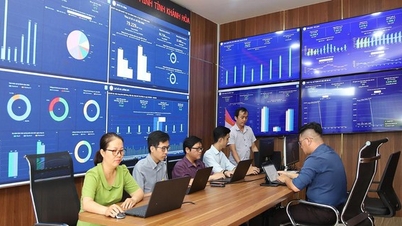
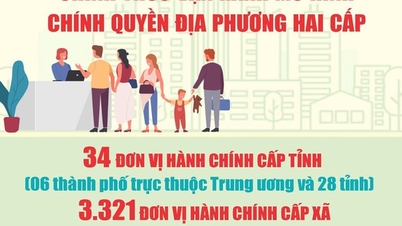








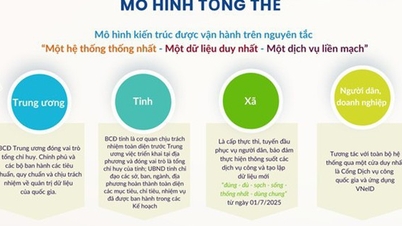
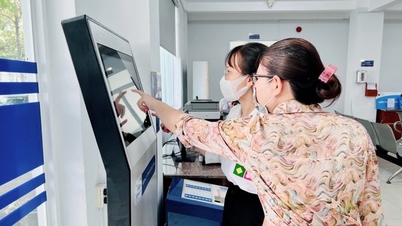
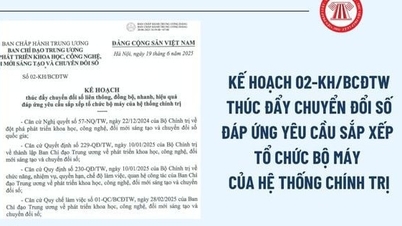

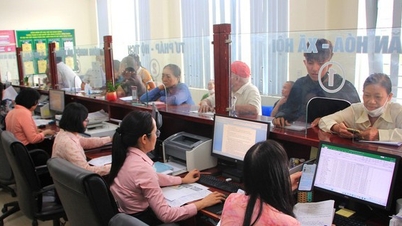
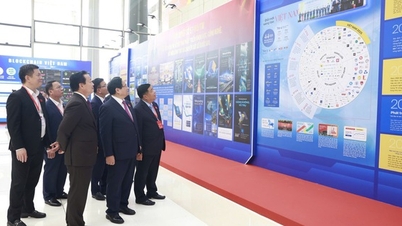

![[Photo] General Secretary attends the parade to celebrate the 80th anniversary of the founding of the Korean Workers' Party](https://vphoto.vietnam.vn/thumb/1200x675/vietnam/resource/IMAGE/2025/10/11/1760150039564_vna-potal-tong-bi-thu-du-le-duyet-binh-ky-niem-80-nam-thanh-lap-dang-lao-dong-trieu-tien-8331994-jpg.webp)

































![[Photo] General Secretary attends the 80th Anniversary of the Traditional Day of the Armed Forces of Military Region 4](https://vphoto.vietnam.vn/thumb/402x226/vietnam/resource/IMAGE/2025/10/12/1760265970415_image.jpeg)


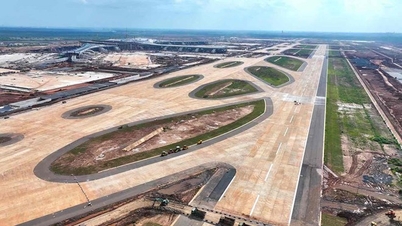
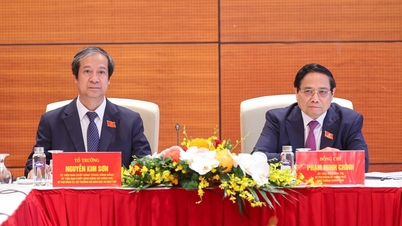

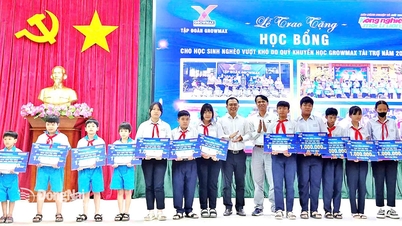

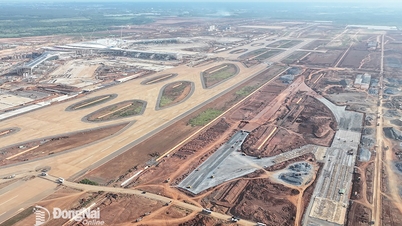

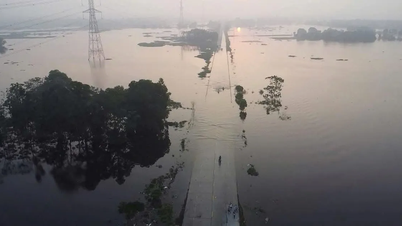

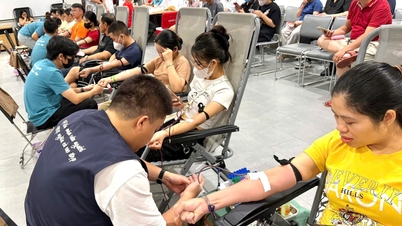


















Comment (0)